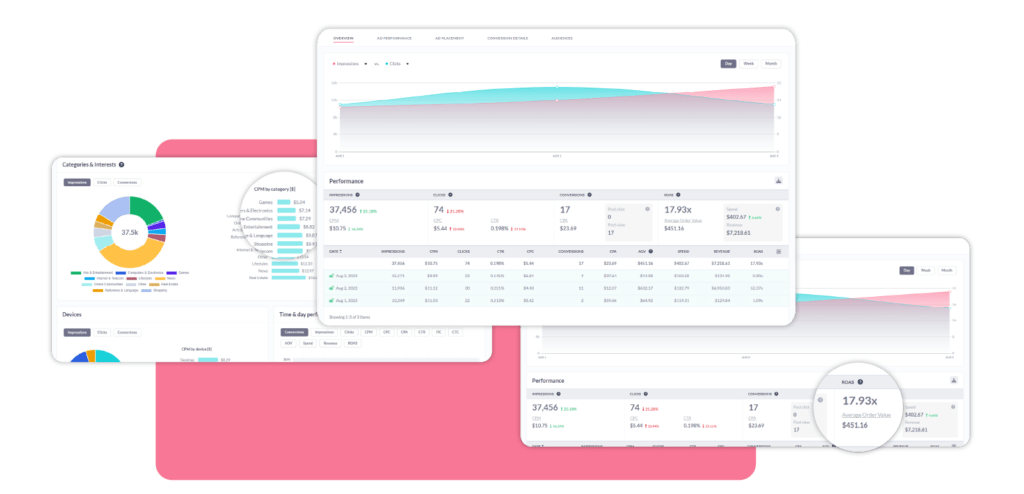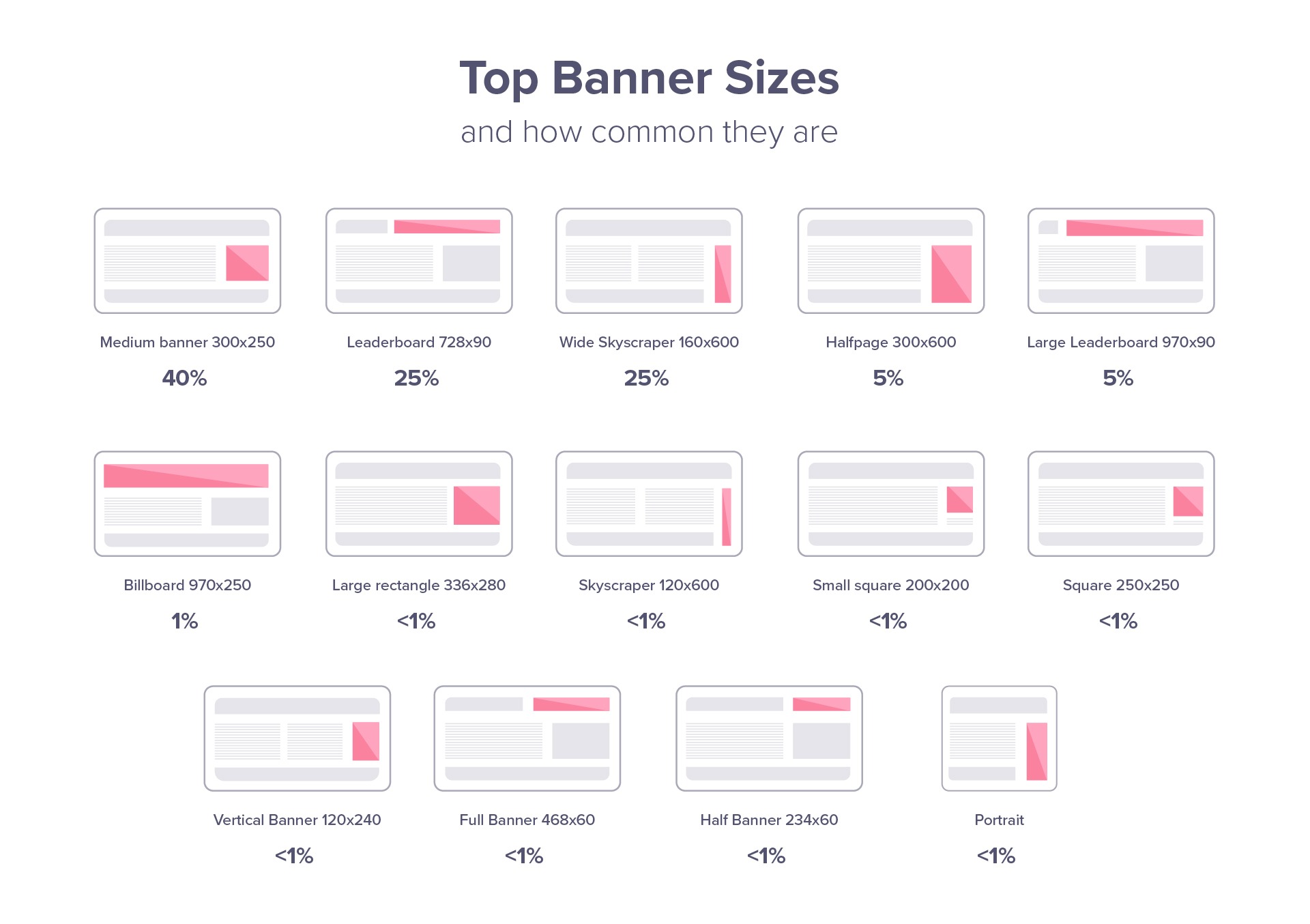Post Click vs Post View Conversions: Getting the Whole Picture
October 16, 2017

Many online advertisers today only focus on direct conversions (last click / post click). This ignores the fundamentals of advertising, and is not long or medium term thinking. Even though its understandably convenient and simple for brands to be focused on simple results (last click conversions), advertisers are limiting their access to valuable information about marketing channels and growth potential.
Let’s put it into context
When was the last time you clicked an online display ad? For various reasons, many people don’t click on them at all. Instead, when you notice an ad, the most common behavior is to Google search the brand, and go directly to their website – or keep the ads product message top of mind. For most people, that is the quickest way to safely look up and find a company or product.
This presents a problem, as marketers often measure conversions from their display ads using a last-click metric in Google Analytics, which tracks when a user clicks on an ad, and directly proceeds to purchase or signup. What about all of the users who see the ad, but instead of clicking on it directly, navigate to the website and make a purchase? After all, it’s much more likely that the user will finish what they’re doing before moving on to something else.
When you’re reading through content on a page and a display ad catches your eye, you might not click the ad, but your likelihood of purchase intent has increased and you have been exposed to a specific brand, service or product. Instead you might do a Google search for the brand or visit the brand page directly in a new browser, to then complete your purchase. Or you might even wait a couple of hours, or even days, before looking up the brand or product to complete your purchase.
Understand the metrics
The modern digital marketer thinks beyond the clicks, and understands that clicks are only a part of the online engagement story. Studies show that conversions (product purchase, registration, filled out form or other objectives) often happen after an online user views an ad, but does not click on it. Advertiser that only focus on clicks, or post-click conversions miss critical effects of their advertising campaigns.
This is where the value of measuring post-view conversions comes in. This is where you measure the users who see your ad, and then makes a purchase on the website without clicking. It’s up to you what kind of timeframe you use, but this is an essential method of judging how successful your ad campaign is.
How do I do it?
The goal of online display advertising (display banners, video, social and native) is to make an impression on your target audience – to introduce, and drive a purchase intent for a product or service, or remind them of an action they haven’t yet taken (learn about retargeting). When you stop worrying about clicks, or direct conversions you can focus on what really matters – delivering the right message to the right person, to eventually drive purchase intent and a sales.
When advertisers are skeptical of attributing post-view conversions, our experts recommend to continue tracking everything. It helps in creating a correct return on investment on your advertising spend, while giving guidance on how programmatic helps drive purchase intent and drive conversions regardless of direct conversions, or post-view conversions.
What are the drawbacks?
When it comes to measuring conversions, there are no real drawbacks to any one method. The more different ways you measure success, the more you’ll know about your audience, and how to best advertise your product or service.
One thing to watch carefully is where you get your conversion data from. Google Analytics is the most commonly used tool, and provides great insight into your various types of traffic. However, when using it in conjunction with external advertising platforms, they don’t measure post-view conversions, and you will find discrepancies between Google’s statistics and your own. This is why it’s strongly recommended to follow the data from your advertising platform to get accurate reporting.

How do I apply Post-View data to my business?
- Set your goals before launching your campaign. Decide how you will report on your campaign results, and keep in mind that post-view conversions do matter.
- Work with technology partners and platforms that transparently reports on post-view conversions, so you can fully understand the successes of your campaign – while getting a holistic representation of your programmatic display campaign.
- Adapt, and utilize and attribution model that is allowing post-view conversions, and not only post-click conversions – so that your programmatic display channel can be fairly
Conclusion
Measuring post-view conversions is essential to you as an advertiser, in order to give you a correct picture of the customer journey, as well as a more in-depth look as to how your ad campaigns are performing. It can help you optimize your entire marketing mix, as well as giving you insight on how to improve your advertising strategies and investments. Used in conjunction with other metrics, it’s a very powerful and necessary method to understand your marketing performance.
Leave a comment
You must be logged in to post a comment.




9 comments
Very insightful, thank you very much for sharing!
Hi Samuel,
Thank you for the question! The ratio differs greatly between advertisers, but the majority of conversion we track are post-view in top-of-funnel prospecting campaigns. Based on surveys and historic data only a small percentage of people click display ads, while the most common behaviour is to search the brand name after seeing a display ad.
This is great. What ratio do you typically see between view based and click based conversions?